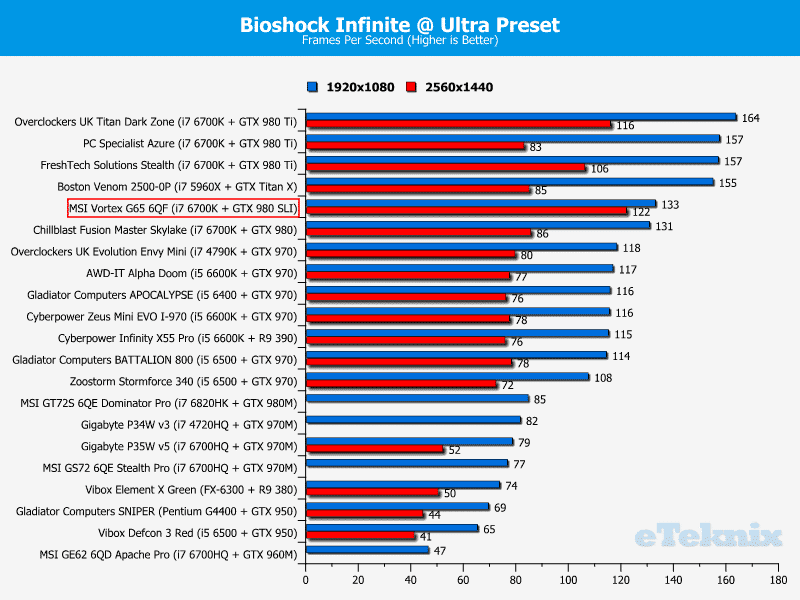MSI Vortex G65 6QF Gaming PC Review
John Williamson / 9 years ago
Gaming Performance
Grand Theft Auto 5

Before I get into the gaming benchmarks, it’s important to note that there were some random abnormalities during the testing phase and increasing the resolution didn’t appear to have a huge impact on the frame-rate. This is extremely strange and probably down to a driver bug or coding instabilities using SLI profiles. Throughout the benchmarking process, I re-ran every single test at least 10 times to try to gauge the most accurate figures. This is because there were instances when the minimum frame-rate varied quite dramatically. Therefore, please take this into account when viewing the gaming results, as your experience may differ when any strange software issues are resolved.
Grand Theft Auto V’s gorgeous world is brimming with detail and poses a challenge when trying to maintain a solid frame-rate on demanding presets. The MSI Vortex G65 6QF didn’t encounter any mishaps when running the game and managed an average frame above 100 even when the resolution was set to 2560×1440. At higher resolutions, the performance falls between a factory overclocked GTX 980Ti and Titan X.
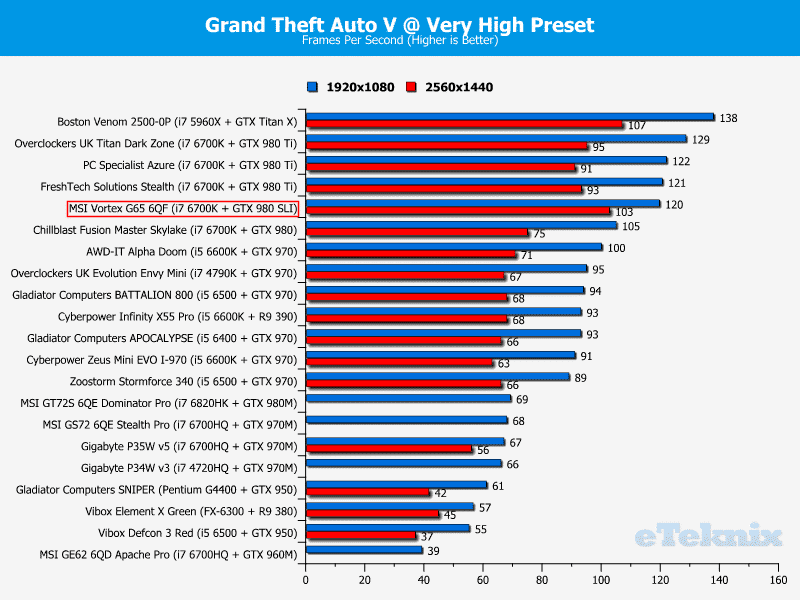
Metro Last Light
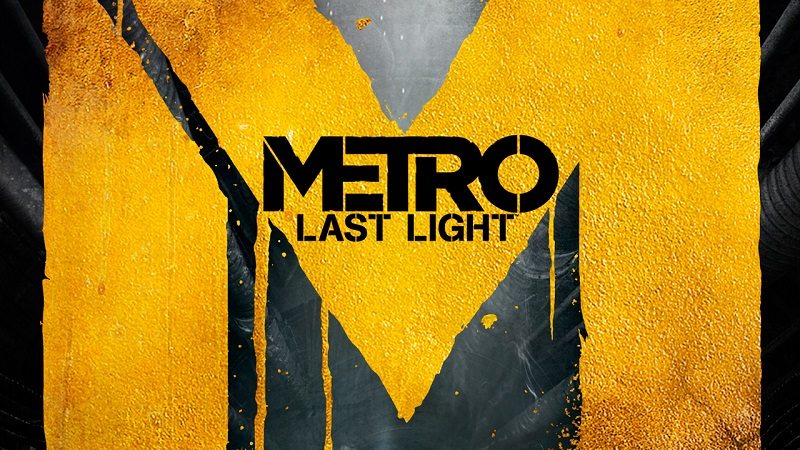
Metro Last Light’s stunning texture quality and advanced tessellation effects make it difficult to maintain a high frame-rate on modest hardware setups. Thankfully, the MSI Vortex G65 6QF’s insane dual graphics solution is more than capable of maintaining a fluid frame-rate and competes with very high-end traditional desktops rather well.
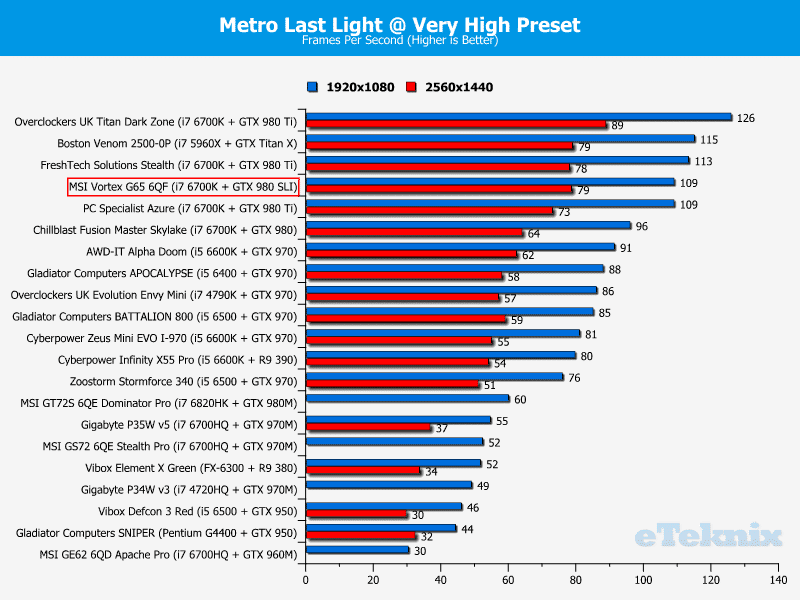
Tomb Raider
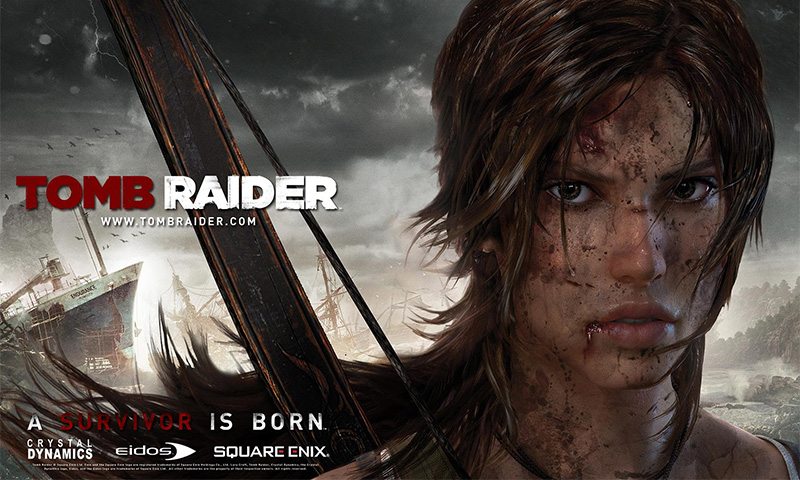
In a baffling turn of events, the system’s frame-rate during the integrated Tomb Raider benchmark is mediocre and falls behind its rivals opting for the affordable GTX 970. I’m not entirely sure why this occurred but all evidence points towards a driver issue which prevented the frame-rate from surpassing the monitor’s 144Hz refresh rate. It’s almost like V-Sync was being automatically enabled without my consent. Thankfully, the performance numbers at 2560×1440 are much better and showcases the system’s gaming credentials at extreme resolutions.
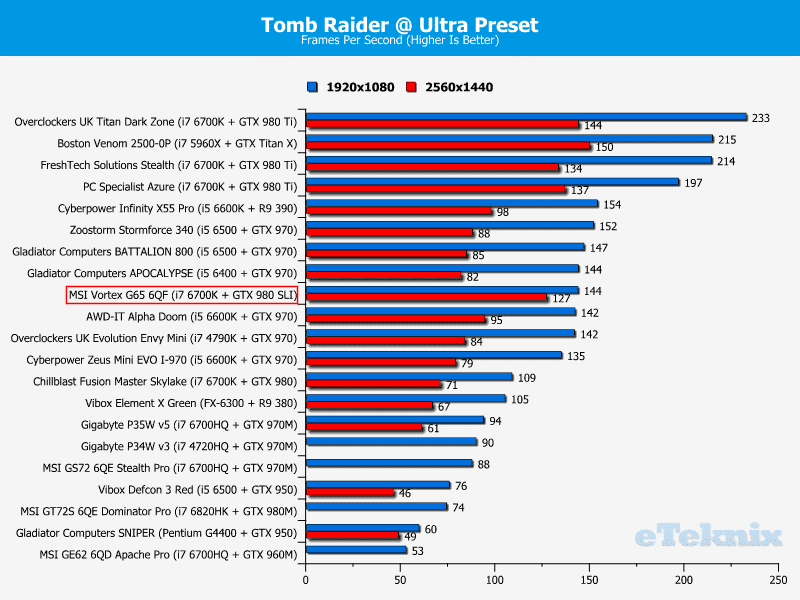
Bioshock Infinite

The situation in Bioshock Infinite is eerily similar and there’s hardly any change when increasing the resolution from 1920×1080 to 1440P. Clearly, this doesn’t make logical sense because 2560×1440 has a pixel count 1.7 times higher than using a 1080P display. Nevertheless, the performance at 1920×1080 is good enough to work alongside a high-refresh 1080P panel. At 2560×1440, the system is absolutely fantastic and managed the best result we’ve encountered thus far.
